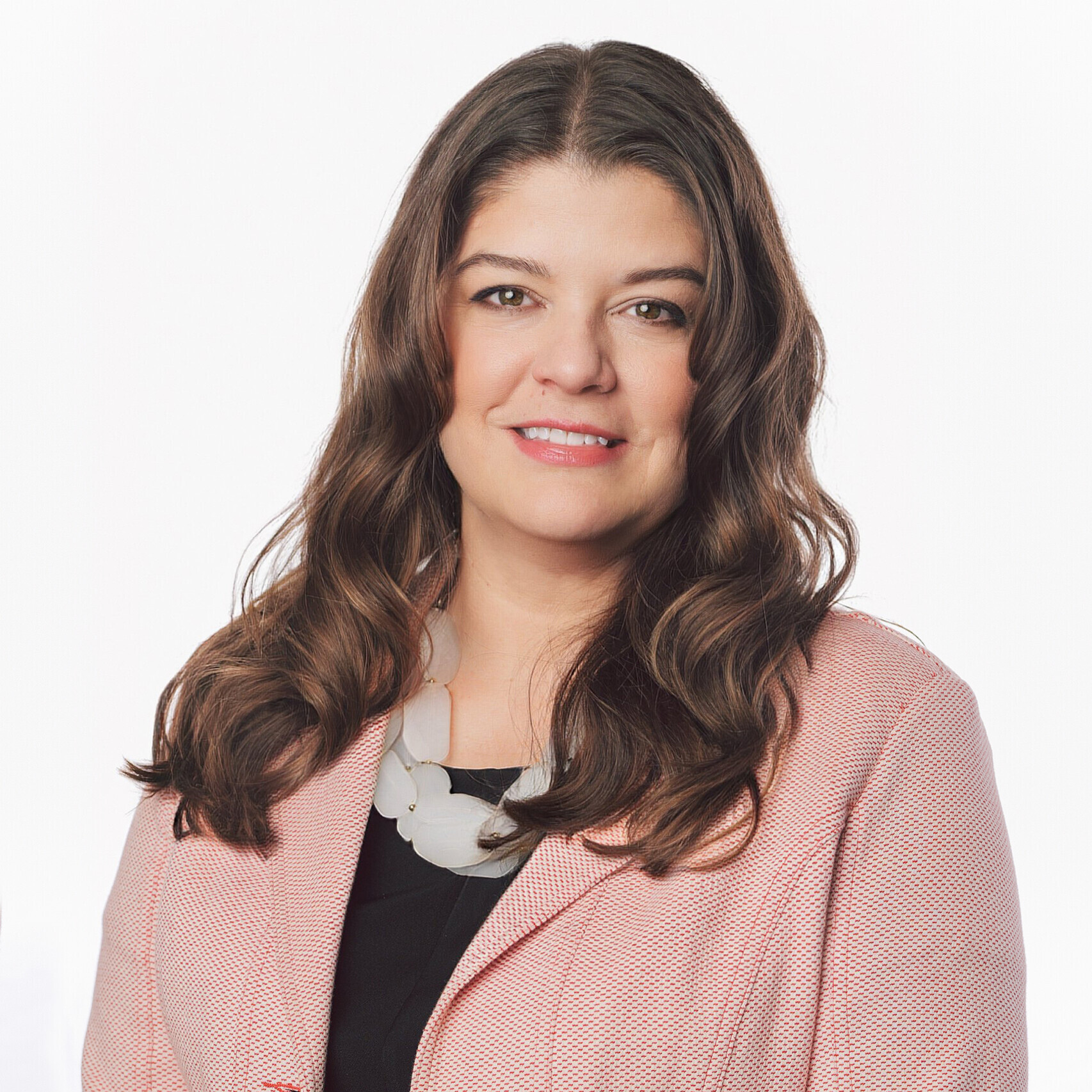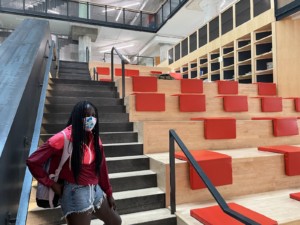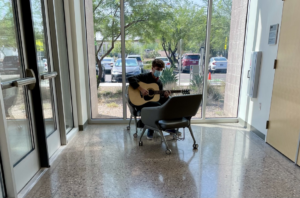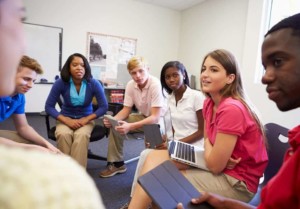Technology We Need: Documenting the complete Learner Record
Key Points
-
Most innovative schools and a number of states have built Graduate Profiles/Learner Profiles and a handful have created K12 competency progressions that articulate pathways towards meeting the profile.
-
These learning organizations are using a learning management system (LMS) that does not accommodate comprehensive Learner Records, does not capture or report transparent growth to learners or their families and does not capture out-of-course learning experiences.
-
We issue a challenge to those building and creating solutions.

We work and meet with many amazing schools, districts, foundations, networks, universities and organizations and a common thread is the need for a coherent Learner Record technology solution. Most innovative schools and a number of states have built Graduate Profiles/Learner Profiles and a handful have created K12 competency progressions that articulate pathways towards meeting the profile. But, these learning organizations are using a learning management system (LMS) that does not accommodate comprehensive Learner Records, does not capture or report transparent growth to learners or their families and does not capture out-of-course learning experiences.
We believe this is an important target for the Ed Tech industry, but often see that companies are missing the mark on solving the critical challenges. So, we issue a challenge to those building and creating solutions: How might educational organizations effectively document any learning experience connected to any competency and allow that information to follow the individual as a Lifetime Learner Record? We also encourage those of you embedded in Portrait of a Graduate work to reach out to us and tell us what is missing!
How might educational organizations effectively document any learning experience connected to any competency and allow that information to follow the individual as a Lifetime Learner Record?
Nate McClennen and Rebecca Midles
Here are the critical functionalities.
- Simple UX. User interface is easy to use and designed with the learner at the center. Filtering around every data point (date range, competency, course, experience type, etc.) allows for easy display of any learning at any point.
- Interoperability. Solutions communicate seamlessly with all major LMS solutions. Many districts have purchased solutions like Canvas (Instructure) and Schoology (PowerSchool) This requires increased open walls and increased availability of real-time data on the part of existing major providers.
- Flexible. Providers of learning experiences need to be able to easily import the elements of a Portrait of a Graduate, associated competencies/outcomes and any other level of granular performance indicator. Solutions that do not allow districts/schools/organizations to customize the competencies and progressions are limiting.
- Roll up. Data around proficiency in any given competency is viewable across time periods and courses. This functionality is at the student level. In high quality competency based systems, competencies are linked to learning experiences across different courses (and other learning opportunities). Too many solutions do not allow aggregation of data in multiple ways to provide comprehensive views of student learning over time.
- Student curation. Students are able to select artifacts of proficiency around a graduate profile element/competency and display them easily to future employers, college admissions officers, etc. This process can also be supported and grown through progress check ins and learner led conferencing. Ultimately, curation features would be designed to also work in partnership with badging organizations.
- Aggregation. Data available to school administration is displayed through a variety of groupings such as grade level, school level, etc. Initial choice of grouping would be demographic choices such as FRL, race, gender, etc. to push users and learning organizations to think about equity first.
- Lifelong. The solution needs to be a backpack with the learner. A comprehensive learner record will ensure that no experiences are lost and no delays occur when a student moves from school to school and eventually, job to job.
- Ecosystem wide. The Learner Record solution accepts learning experiences from any provider, whether in school or out of school. Online courses, internships, extracurricular activities, personal projects, etc. all should be able to be linked to competencies within the Learner Record.
- Secure. Security is critical for student privacy under federal regulations when operating in the PK-12 sector. Building the solution using a distributed ledger model may be the most secure way to move this idea forward.
- Proficiency. Multiple and customizable methods to determine proficiency on competencies are available. These may include traditional one such as highest score, most recent and decaying average as well as any customizable option built by the district.
While the space is not crowded, more solutions are emerging that begin to address these functionalities. Greenlight Credentials, Area9Lyceum, Mastery Transcript, HeadRush Learning, Empower, LiFT Learning, See Saw, and Building 21’s SLATE all hold promise.
If Portrait’s of Graduates supported by competency-based progressions are to become widespread, then we need to build solutions that accommodate these changes. If not, the efforts will languish in inadequate LMS systems, complicated spreadsheets or posters on the wall. We can do better.

Nate McClennen








Greg Nadeau
Nate and Rebecca - Great article. It would be great if you could help share the work of early innovators in the space. We'd love to have you continue the conversation with us in our weekly Ed 3.0 community call Thursdays at 11AM ET. It is an open conversation between industry through leaders committed to developing Comprehensive Learner Records.
Nadia Rolle
Good afternoon, excellent article! Using data effectively and long-term in this manner can certainly promote and assist learners with staying on track with their educational goals. I find it can also allow users of this information to identify shortfalls/challenges promptly. Do you find that these systems can help close the educational gap that exists when students are matriculating from high school to college? A lot of research seems to indicate that many first-year students need to take remedial classes to meet the basic requirements of foundational classes.